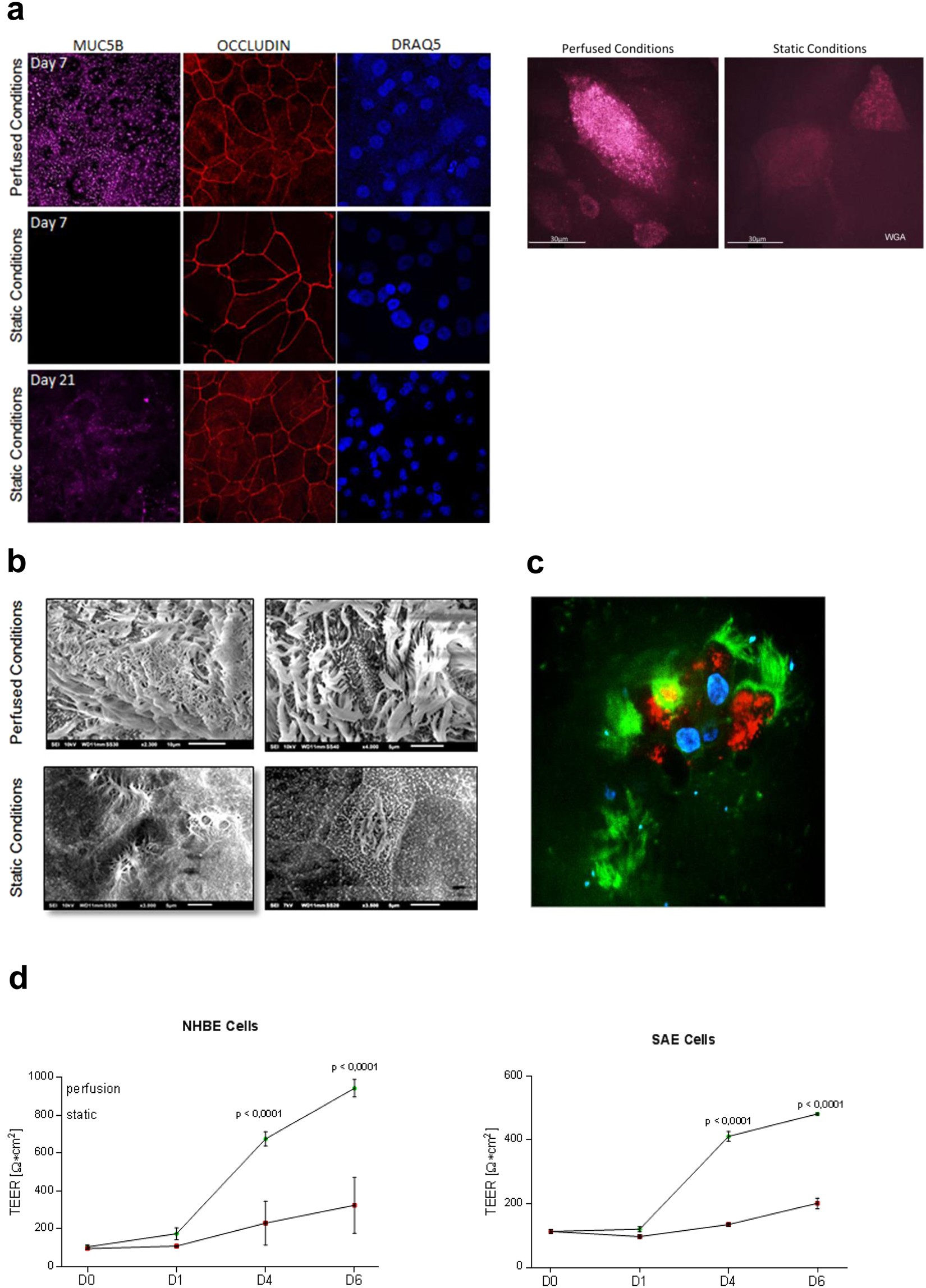Agar Manual Sputter Coater - The Best Software For Your
- Posted in:Admin
- 05/05/18
- 72
Agar Scientific offers a range of vacuum coating units that. Coating Materials and Vacuum Sputter Coating Systems for SEM and. The manual sputter coater. The target material you are using because it is installed in the sputter coater might not be best. Agar Manual / Automatic X. The target in your sputter coater).

Scanning electron microscopes (SEMs) are very versatile tools that can provide information at the nanoscale of many different samples - with little or no sample preparation. In some cases though, combining SEMs with sputter coating is recommended, or even necessary, in order to get a good SEM image.
In this blog, we will explain how sputter coating works, and to which type of samples it should be applied. Search Pdf Sharepoint Foundation 2010. As mentioned above, SEMs can image almost all kind of samples; ceramics, metals and alloys, semiconductors, polymers, biological samples and many more. However, certain types of samples are more challenging and require an extra step in sample preparation to enable the user to gather high-quality information from a SEM. This extra step involves coating your sample with an additional thin layer (~10 nm) of a conductive material, such as gold, silver, platinum or chromium etc. Challenging samples that require sputter coating The first type of samples that are usually sputter-coated prior to loading in the SEM are the beam-sensitive samples.

These are mainly biological samples, but they can also be other types, such as materials made from plastics. The electron beam in a SEM is highly energetic and, during its interaction with the sample, it carries part of its energy to the sample mainly in the form of heat. If the sample consists of a material that is sensitive to the electron beam, this interaction can damage part or their entire structure. In this case, sputter-coating with a material that is not beam-sensitive can act as a protective layer against such kind of damage.
Another class of materials that is frequently subjected to sputter coating is non-conductive materials. Due to their non-conductive nature, their surface acts as an electron trap.
This accumulation of electrons on the surface is called “charging” and creates the extra-white regions on the sample that can be seen in Fig1a, which can influence the image information. In order to remove this artefact, a common approach is to lower the vacuum level inside the chamber. This introduces positively-charged molecules near the surface of the sample. These interact with the charging electrons and, thereby removing this charging effect.
This has proven to be an effective approach, however the air molecules that are introduced in the vacuum chamber interact with the primary electrons reducing the quality of the image. For this reason, if a high-quality electron image is required, the use of sputter coater is recommended; the conductive coating material acts as a channel that allows the charging electrons to be removed from the material. In Figure 1b you can see how the charging effect has been removed with the application of a gold coating. Figure 1: a) Charging effect on a non-conductive sample and b) BSD imaging of this sample after 10 nm gold coating. Ansi Tia Eia 606a Pdf. In some cases, the sputter coating sample preparation technique can be used to improve image quality and resolution.
Due to their high conductivity, coating materials can increase the signal-to-noise ratio during SEM imaging and therefore produce better quality images. The drawbacks of sputter coating As it can be easily understood, there are few concerns when it comes to using sputter coating. Initially, it requires additional time and effort by the user to define the optimal coating parameters.
However, there is an even more important downside of sputter coating; the surface of the sample does not contain the original material but the sputter-coated one, and therefore the atomic number-contrast is lost. In some extreme cases, it may lead to altered surface topography or false elemental information about the sample. Neo Bomberman For Pc. Nevertheless, in most cases, the parameters of the sputter coating procedure are carefully selected and these issues do not appear and therefore the user is able to acquire high-quality images that carry the type of information that is required. Which materials should you use to sputter-coat your sample? Historically, the most used coating material has been gold, due to its high conductivity and its relatively small grain size that enables high-resolution imaging. Also, if EDX analysis is required, SEM users typically coat their samples with carbon because carbon’s X-ray peak does not conflict with the peak of any other element. Nowadays, people are also using other coating materials with even finer grain sizes such as tungsten, iridium or chromium when ultra-high resolution imaging is required.